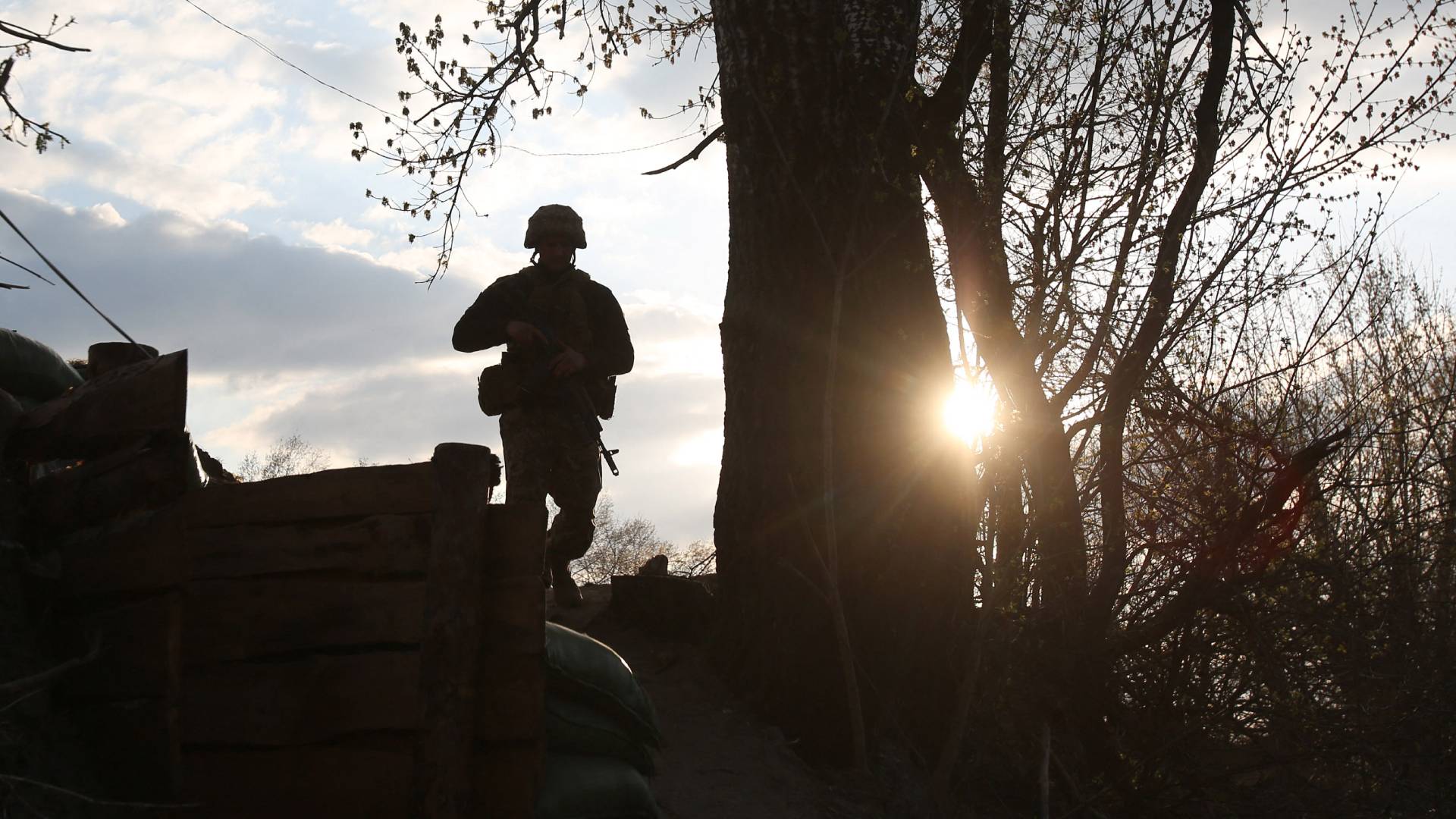A substantial military build-up in recent months seems to have put Russia in position to mount a military operation into Ukraine.
This assessment was issued to clients of Dragonfly’s Security Intelligence & Analysis Service (SIAS) on 24 November 2021.
But we continue to assess that it is unlikely to do so in the coming weeks. In our analysis, the number of troops and deployed materiel is below what would be required for a large invasion. And we have not seen any changes in the Russian military’s operational posture that would suggest an attack is imminent. We assess that the build-up is more likely than not meant to be a deterrent against a Ukrainian offensive in Donbas and a display of power to the US.
The US and Ukrainian governments have warned in recent days of a possible Russian invasion. Kiev’s intelligence chief said last week that Russia has deployed almost 100,000 troops near its border and that it is preparing to mount an offensive as early as the end of January. White House officials have also said that an invasion is a ‘genuine possibility’. Neither country indicated whether their warnings were based on specific intelligence of an imminent threat, however.
We have not seen any of the signs we look for to suggest an imminent military invasion. These would be deployments of artillery, logistics teams and field hospitals near the Ukrainian border. Added to this, Russia’s build-up, albeit probably sufficient to mount a small offensive, remains short of an invasion force capable of taking and holding significant territory. This is particularly as Ukraine’s NATO-backed military (around 250,000 according to multiple reports), seems much better equipped than when the conflict broke out in 2014.
The Russian build-up is instead more likely than not an attempt to deter Ukraine from any offensive action in Donbas. We doubt President Zelensky is planning this imminently. But he has repeatedly said that the Minsk II agreement, a framework for peace, is unfit to resolve the conflict. And the military balance in Donbas, while still in favour of the separatists due to Russian backing, has become more equal in recent years. The US has supplied Ukraine with Javelin missiles and Turkey has sold it attack drones. Ukrainian troops used the latter for the first time last month.
Much of the troop build-up is also probably aimed at the US, in our analysis. Ukraine and Russia seem to be the furthest away they have been from a political resolution to the conflict in Donbas than ever before. And President Biden has been vocal in his support for Ukraine since taking office. But President Putin has made it clear that US military deployments, let alone NATO expansion, into Ukraine, are a redline for Russia. It seems that the Kremlin has judged a permanent invasion-sized force on Ukraine’s border is needed to deter the US from this strategy.
In the longer term, the troop build-up near Ukraine is likely to service the Kremlin’s established goal in the conflict of securing escalation dominance. President Putin has proven several times over the past two decades that he is willing to use force to achieve political objectives. And since the conflict settled into the current trench warfare-style fighting in 2015, we have assessed that there has been a reasonable likelihood that the Kremlin will invade Ukraine to totally avert the country’s gradual economic and political turn to the West.







